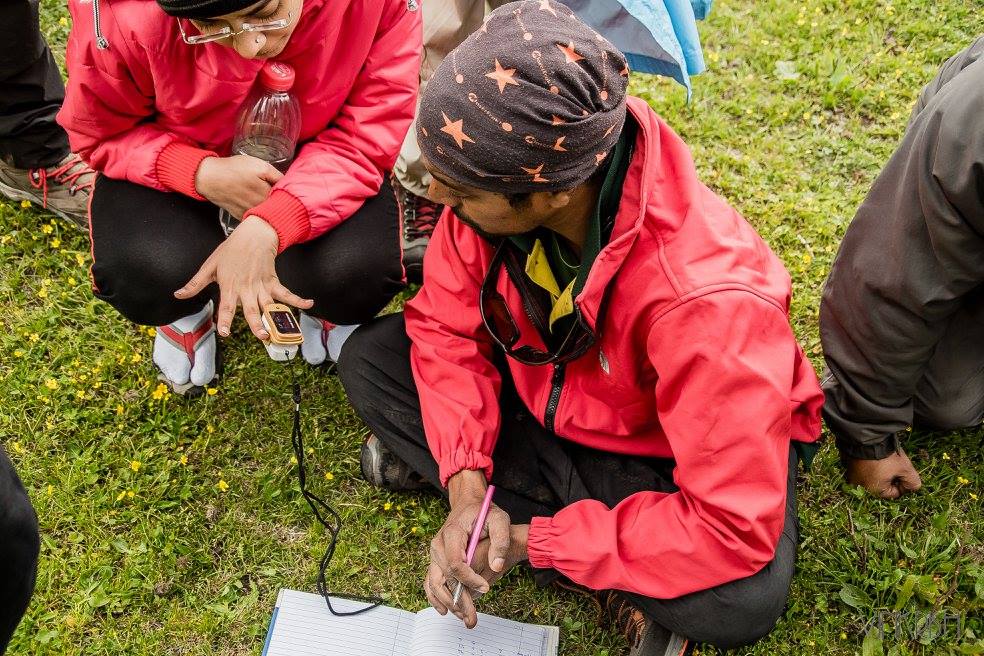Trekking in the Himalayas is an unforgettable experience—but it comes with a silent danger: Mountain Sickness, also known as Acute Mountain Sickness (AMS). The good news? With the right precautions, mountain sickness is completely preventable.
📍 What Causes Mountain Sickness?
Mountain sickness happens when you ascend to higher altitudes too quickly, without giving your body time to adjust to the lower oxygen levels and reduced air pressure. This typically begins above 2,500 meters (8,200 feet).
✅ 10 Expert-Backed Tips to Prevent Mountain Sickness
Each of these tips can greatly reduce your risk of AMS and help you trek more confidently and safely.
- 🧭 Ascend Gradually
> Gain no more than 300–500 meters (1,000–1,600 ft) in altitude per day once above 2,500 m.
> Include rest/acclimatization days in your itinerary.
Tip: “Climb high, sleep low” – gain height during the day but return to a lower altitude to sleep.
- 🛑 Don’t Skip Acclimatization Days
> Rest days allow your body to produce more red blood cells to carry oxygen efficiently.
> For treks over 3,000 m, rest at mid-altitude camps.
> Spend 1–2 nights at key elevation points before pushing higher. - 💧 Stay Hydrated (But Not Overhydrated)
> Aim for 3–4 liters of water per day.
> Drink small sips frequently.
> Avoid alcohol, caffeine, and sugary drinks.
Pro Tip: Add ORS (Oral Rehydration Salts) or electrolytes to your water.
- 🍛 Eat Light, High-Energy Foods
> Focus on carbohydrates, warm cooked meals, nuts, dry fruits, energy bars.
> Avoid heavy, oily meals. - 💊 Consider Preventive Medication (Only if Needed)
> Consult a doctor about Diamox (Acetazolamide). Helps the body acclimatize faster.
> Usually taken 1–2 days before reaching 3,000+ meters.
> Not a substitute for proper acclimatization. - 🚫 Avoid Alcohol and Smoking
> Alcohol masks AMS symptoms.
> Smoking reduces oxygen delivery.
Stick to warm soups and herbal teas at night instead.
- 🧘♂️ Don’t Overexert Yourself
> Trek at a relaxed pace, take short breaks, avoid heavy backpacks on Day 1. - 🛌 Get Good Sleep
> Sleep warm and comfortable, avoid high-altitude naps during the day, insomnia is an early AMS sign. - 🩺 Monitor Your Health Regularly
> Use a pulse oximeter if available. Note symptoms and share with your trek leader. - 🧑✈️ Trek with an Experienced Guide
> Choose treks organized by certified professionals. Inform your team if unwell.
🚨 When to Descend Immediately
If you feel any of the following, descend without delay:> Breathlessness at rest
> Severe headache
> Vomiting that doesn’t stop
> Loss of coordination
> Hallucinations or confusion
🌄 Final Words
Avoiding mountain sickness isn’t about luck—it’s about preparation, awareness, and respecting your limits. With smart planning and slow, mindful trekking, you’ll not only stay safe, but also enjoy your Himalayan trek in its full glory.
Climb high—but climb wise. The mountains will always be there.
